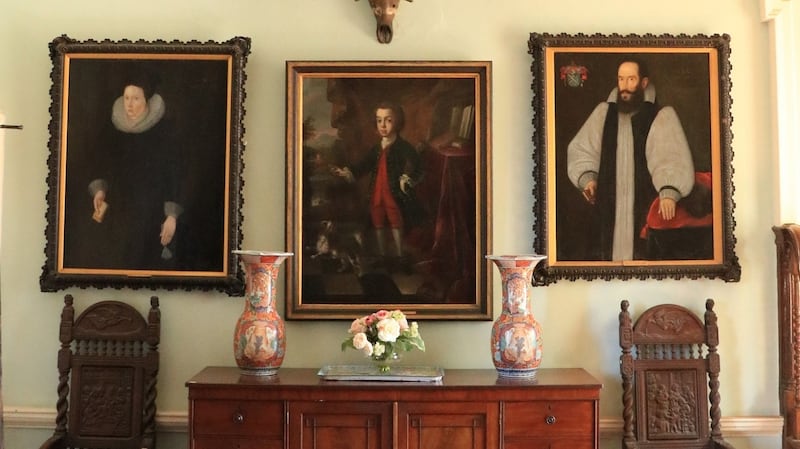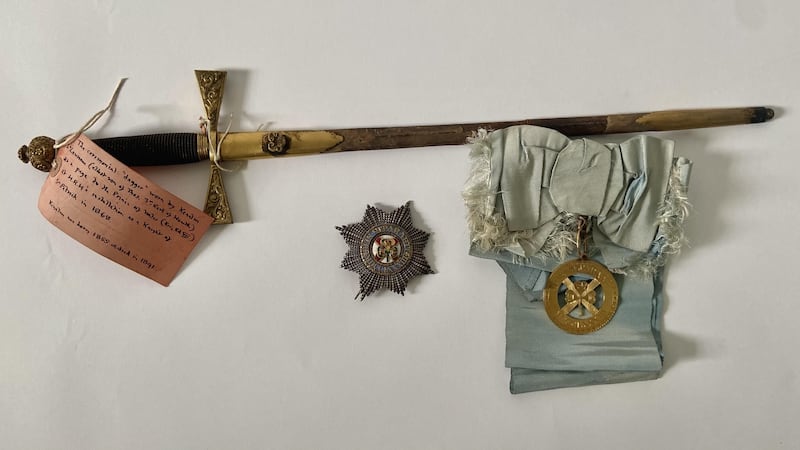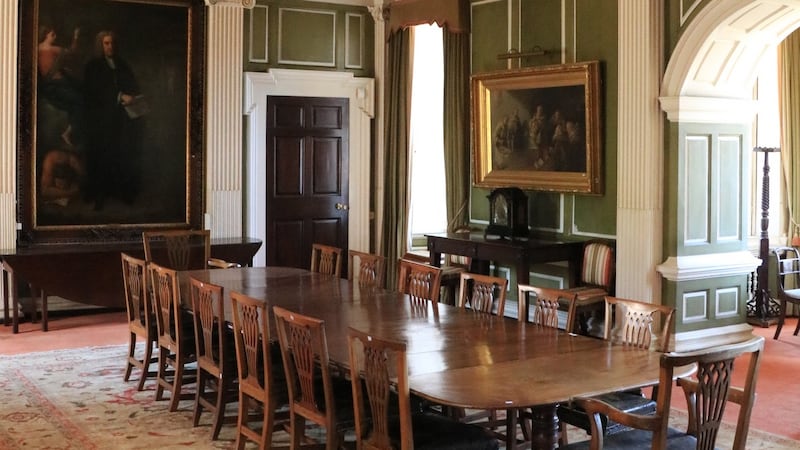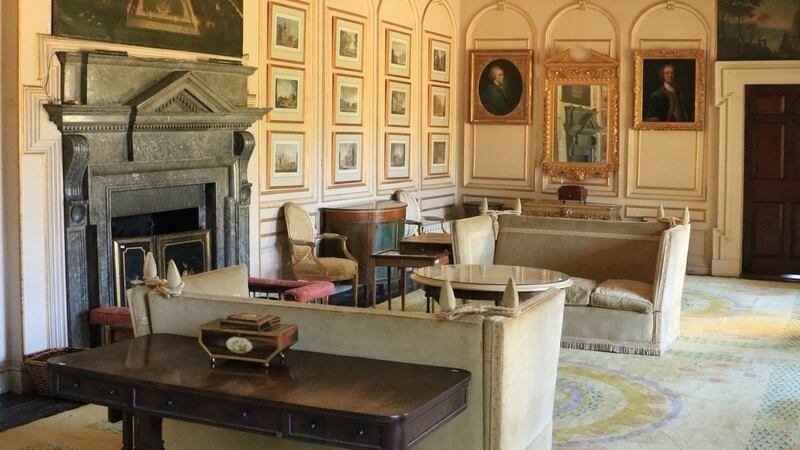Mermaids, two-handed swords and a vacant dinner place setting maintained for the past 450 years, few properties in Ireland have a history as rich as the sprawling medieval keep of Howth Castle.
It’s been the seat of the St Lawrence family, the Earls of Howth since the Norman invasion of 1180, until 1909 when distaff heirs – the Gaisford-St Lawrence family – inherited the estate that includes much of the peninsula of Howth Head.
After 800 years, the fate of Ireland's oldest inhabited home changed in 2018 when it sold to Irish investment group Tetrarch who plan to turn the historic property into a hotel, though Christopher Gaisford-St Lawrence, now aged 92, will remain living in a wing of his home.
The sale of the castle follows the destiny of similar castles at Dromoland, Ashford and Adare where survival of these piles is ensured when run as commercial entities.
As a result, the family are retaining some important pieces, and selling stuff hoarded in the attics, basements and from around the vast castle in two sales which will be conducted by auctioneer Fonsie Mealy.


The first sale of 900 lots on September 8th and 9th at the Grand Hotel in Malahide, includes silver, pottery, Asian works, a remarkable selection of furniture and the ceremonial regalia worn by the third earl’s son as a page to the Prince of Wales (later King Edward VII) at his installation as a Knight of St Patrick at St Patrick’s Cathedral in 1868 (€10,000-€15,000).
The Library Sale will follow on September 22nd and 23rd at the Marine Hotel in Sutton.
How the family ended up in Howth dates back to 1177, when Sir Armoricus Tristram, a friend of Sir John de Courcy, Norman conqueror of Ulster, arrived to fight the Vikings who had taken over Howth centuries before.
The Battle of the Bridge of Evora was a struggle for possession of the port, then one of the best landing spots in Dublin. Tristram defeated the Vikings and was granted much of the land between the village and Sutton and took on the name of the saint on whose feast day the battle was won – St Lawrence.


The sale features the Great Sword of Howth, which legend says descends from this battle. A more sober assessment dates the sword to the late 15th century, so it may well have been borne by Sir Armoricus's descendant Sir Nicholas St Lawrence, 3rd Baron of Howth, who commanded the "billmen" (wielders of a fearsome chopping blade mounted on a strong staff) at the Battle of Knockdoe in 1504.
The two-handed sword – its size requires two hands to wield the weapon – is first recorded in an inventory of 1748, and is described and illustrated in Joseph C Walker’s An Historical Essay on the Dress of the Ancient and Modern Irish (€10,000–€15,000).
Howth Castle was described by Elizabeth Belloc in the Irish Monthly, 1952 as a "fairy castle . . . a temple not made with hands, and its walls and towers belong to the mystery of dawn and twilight", and the family coat of arms depicts a mermaid holding a mirror.
Legend has it a tryst between Dame Geraldine O’Byrne and Tristram St Lawrence left the Wicklow woman heartbroken and shamed, so she transformed into a mermaid. It is said her wails of melancholy are still carried through the winds at night near the Mermaid’s Tower on the estate.
Over the years, wings, turrets and towers were added to the sprawling medieval pile, involving notable architects such as Richard Morrison, Francis Johnson, James Pain and Edward Lutyens.
Also involved was amateur architect and portrait painter, Francis Bindon, who designed Woodstock in Co Kilkenny and Newhall, Co Clare.
Today relatively little is known about Bindon, despite the number of buildings and paintings in his legacy, but the sale features his important portrait of Jonathan Swift, which is said to have been inspired by the tremendous character of the satirist and Dean of St Patrick’s Cathedral.
An obituary notice in Faulkner's Journal from 1765, describes Bindon as "one of the best painters and architects this nation has ever produced" and a copy of the Swift picture, painted by Robert Home, hangs in the Examination Hall at Trinity College, Dublin.
"Its historical value is second to none, with regards to Irish portraiture," says George Fonsie Mealy who is handling the sale (€300,000–€400,000).
Ireland’s pirate queen Granuaile kidnapped the earl’s son and heir in the 16th century in retaliation for the lack of hospitality shown to her after arriving by ship and the family have set a place for her at the dining table ever since.
Despite the fact that the seat of the Earls of Howth will now become a hotel, here is hoping that this tradition – which has run for 450 years – will continue as part of the incredible St Lawrence family legacy.













